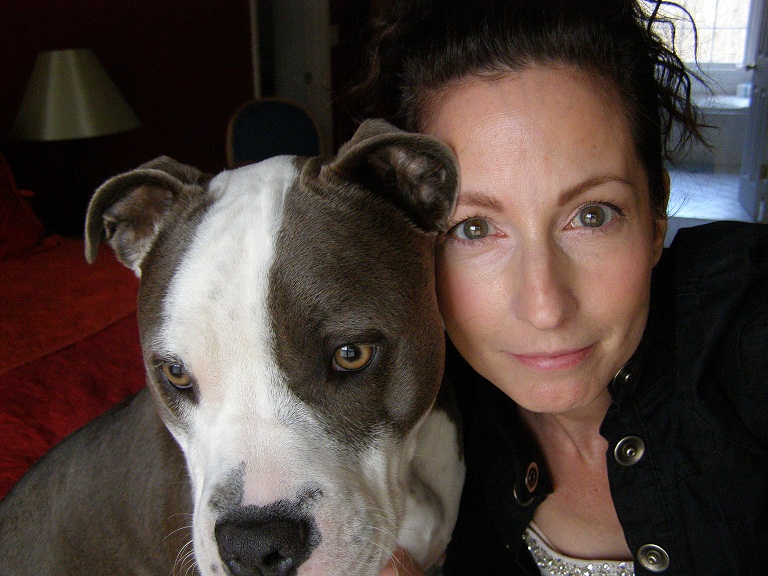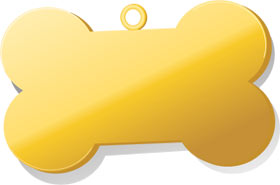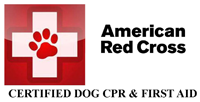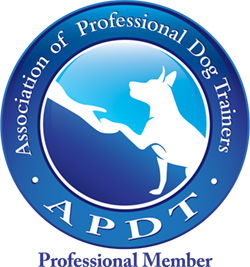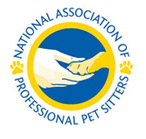Canine Flu- 6 Steps to Protect Your Pet
All this talk of the canine flu. What is it and how do we prevent it from affecting our pets?
There are two strains of the canine flu virus. The first one is the H3N8 strain which was first reported in the U.S. In 2004. There is a vaccine available for this older strain.
The second and newer strain is the H3N2 which was first reported in the U.S. 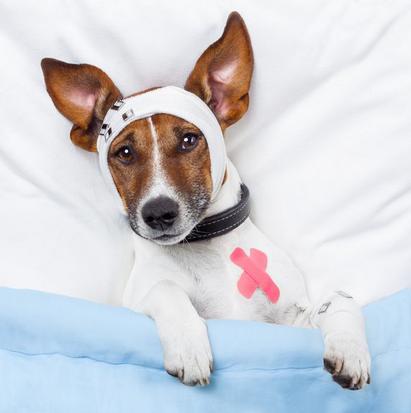 Last month. Currently there is NO vaccine available for this strain.
Last month. Currently there is NO vaccine available for this strain.
 Last month. Currently there is NO vaccine available for this strain.
Last month. Currently there is NO vaccine available for this strain.Symptoms may include coughing, runny nose, eye discharge, lethargy, fever, loss of appetite and weight. However some dogs don’t exhibit any symptoms.
If your dog exhibits any of these symptoms seek veterinary care immediately. Although this is a virus and as such there is no specific treatment, a secondary bacterial infection is possible and medication can be prescribed.
Additionally knowing whether or not your dog has the flu can be a determining factor in how you proceed with care and most importantly daily interaction with other dogs.
Follow these 6 simple steps to lessen the chances of your dog contracting the virus.
1. Keep your dog from coming in contact with dogs you don’t know.
2. Know where the dogs your dog does comes in contact with have been.
3. Stay away as much as possible from public places where other dogs will be such as groomers, dog parks, pet stores, doggie day care or boarding facilities, group dog training classes etc.
4. If you do suspect that your dog has the flu contact your veterinarian and be clear in your suspicions so they can implement proper protocol to inhibit the spread to other patients when you arrive for your appointment.
5. If you normally walk your dog, allowing them to sniff here, pee there etc…Have your dog do their business in your yard and when you walk go at a brisk pace while keeping them from sniffing where other dogs may have sniffed. The virus can live for up to 24 hours on surfaces ie: grass, fire hydrants, sign posts etc. all places that dogs like to get their noses into.
6. When you travel and have to leave your pets behind opt for a pet sitter who will care for your pets in your home as opposed to boarding or kenneling minimizing contact with other dogs.
Preventing infection or spread is imperative. If we all do our due diligence hopefully this strain of the Canine Flu Virus won’t last or at the very least you can keep your dog safe until a vaccine is created.
Good Dog! Coaching & Pet Care
www.gooddogcoaching.com
info@gooddogcoaching.com
